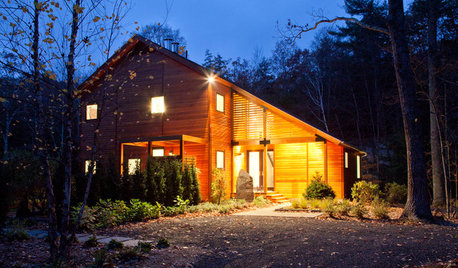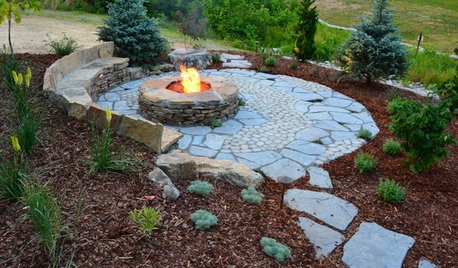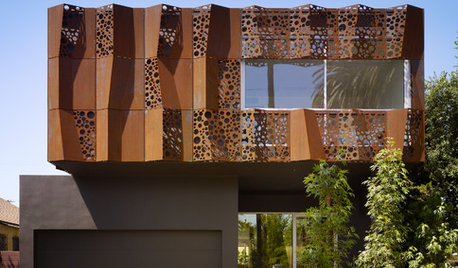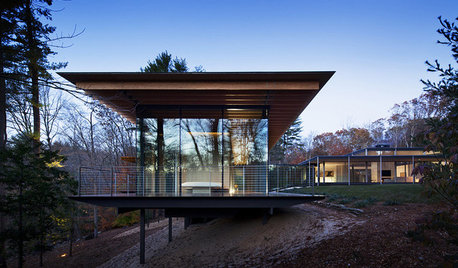Cost effective mulch for tree seedlings in open land?
lou_spicewood_tx
16 years ago
Related Stories

GARDENING GUIDESNew Ways to Think About All That Mulch in the Garden
Before you go making a mountain out of a mulch hill, learn the facts about what your plants and soil really want
Full Story
GARDENING GUIDESThe Art of Green Mulch
You can design a natural garden that doesn’t rely on covering your soil with wood and bark mulch
Full Story
GARDENING GUIDESHow to Pick a Mulch — and Why Your Soil Wants It
There's more to topdressing than shredded wood. Learn about mulch types, costs and design considerations here
Full Story
GARDENING GUIDESHow to Keep Your Trees Healthy
Ensure your trees’ vigor for years to come with these tips for protecting roots, watering effectively and more
Full Story
CONTEMPORARY HOMESHouzz Tour: Strong, Modern Lines Stand Up to the Trees
Modernism takes kindly to the New York woods, with double-height ceilings for openness and a burbling creek for music
Full Story
GARDENING GUIDESGarden Myths to Debunk as You Dig This Fall and Rest Over Winter
Termites hate wood mulch, don’t amend soil for trees, avoid gravel in planters — and more nuggets of garden wisdom
Full Story
ARBOR DAY8 Reasons to Plant a Great Tree
Beauty is its own reward, but the benefits of planting the right tree in the right place go way beyond looks
Full Story
HOLIDAYS10 Ways Your Christmas Tree Can Live On After the Holidays
Learn how to recycle your Christmas tree and reap benefits for the environment
Full Story
CONTEMPORARY HOMESHouzz Tour: Dappled Light Inspires Artistic Wrapping
Cor-Ten cut with circles mimics the effect of a massive pine tree’s canopy, for a striking look inside and out
Full Story
ARCHITECTUREDesign Workshop: How to Make a Home Sit Lightly on the Land
Piers, cantilevers, towers and more can help minimize a home’s environmental impact on its site
Full StorySponsored
Industry Leading Interior Designers & Decorators in Franklin County
More Discussions










wisconsitom
pondwelr
Related Professionals
East Patchogue Landscape Contractors · Golden Landscape Contractors · Golden Gate Landscape Contractors · Kailua Landscape Contractors · Newberg Landscape Contractors · Rancho Santa Margarita Landscape Contractors · St. Louis Landscape Contractors · Cheektowaga Siding & Exteriors · Weymouth Siding & Exteriors · Wheeling Siding & Exteriors · Baker Decks, Patios & Outdoor Enclosures · Columbia Decks, Patios & Outdoor Enclosures · Methuen Decks, Patios & Outdoor Enclosures · Rocklin Decks, Patios & Outdoor Enclosures · Melvindale Stone, Pavers & Concretescotjute Z8
atwork
lou_spicewood_txOriginal Author
atwork
quirkyquercus
gsonnier
brandon7 TN_zone7
lou_spicewood_txOriginal Author
quirkyquercus
johnstaci
brandon7 TN_zone7
ltruett
lou_spicewood_txOriginal Author
Pamchesbay
johnstaci
quirkyquercus
Pamchesbay
Pamchesbay
sam_md
terrene
greenlarry
sylviatexas1
johnstaci
vancleaveterry
lou_spicewood_txOriginal Author
vancleaveterry
Pamchesbay
vancleaveterry
Pamchesbay